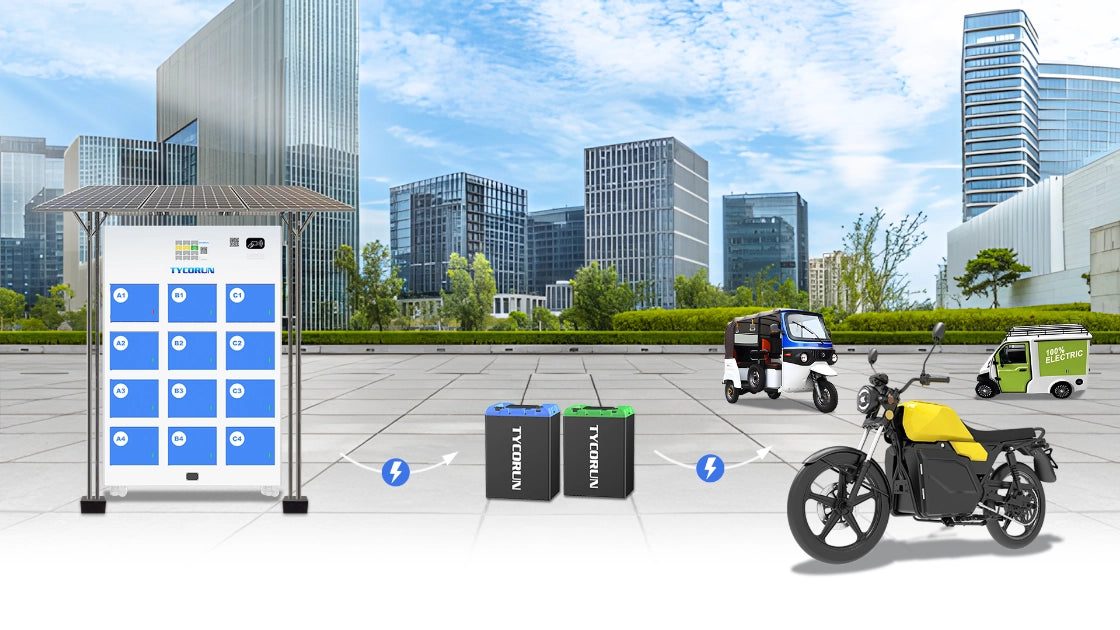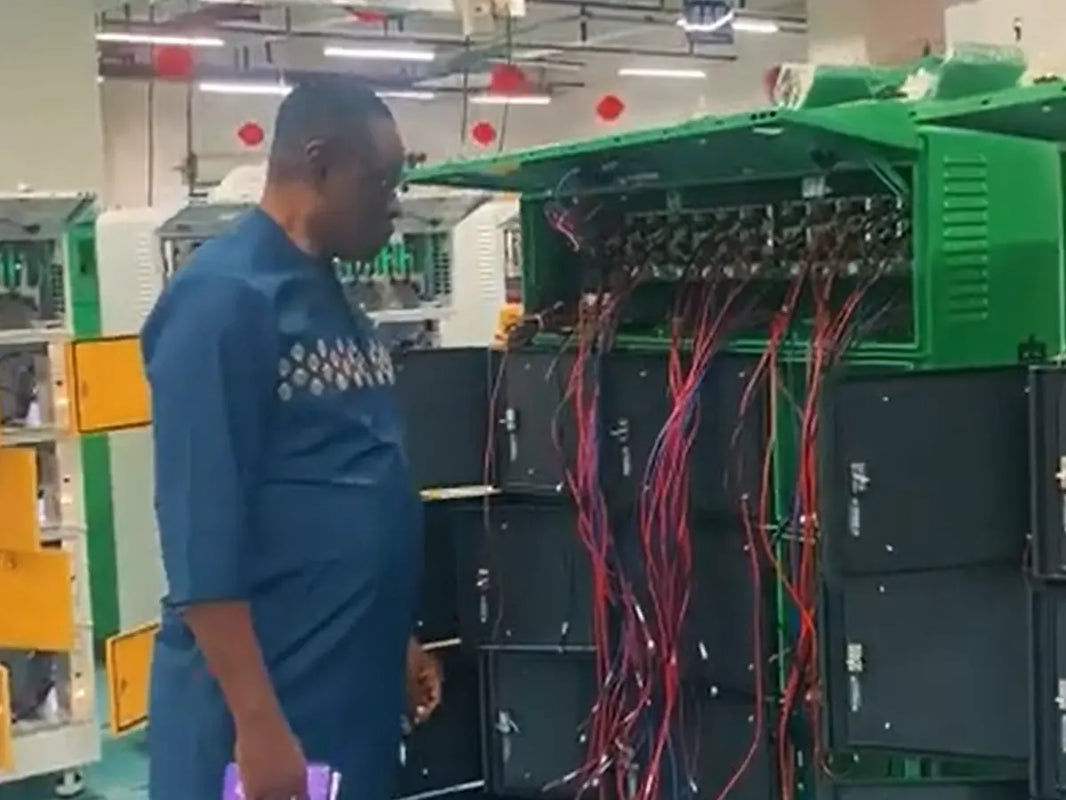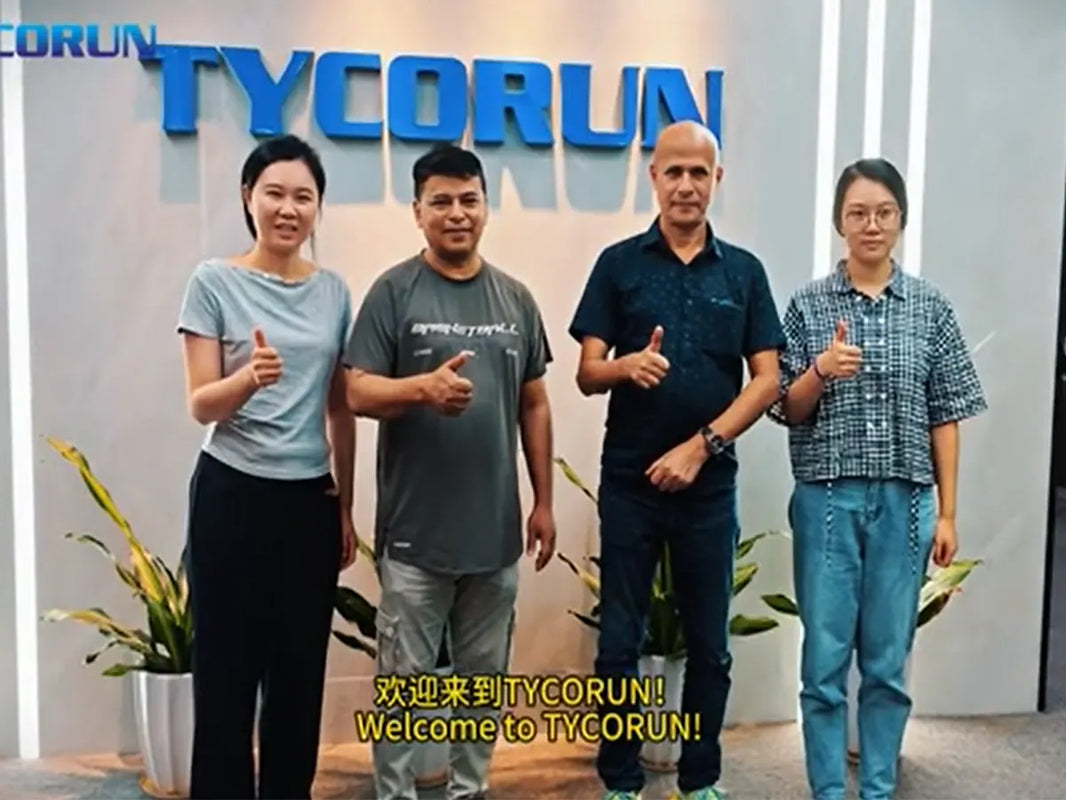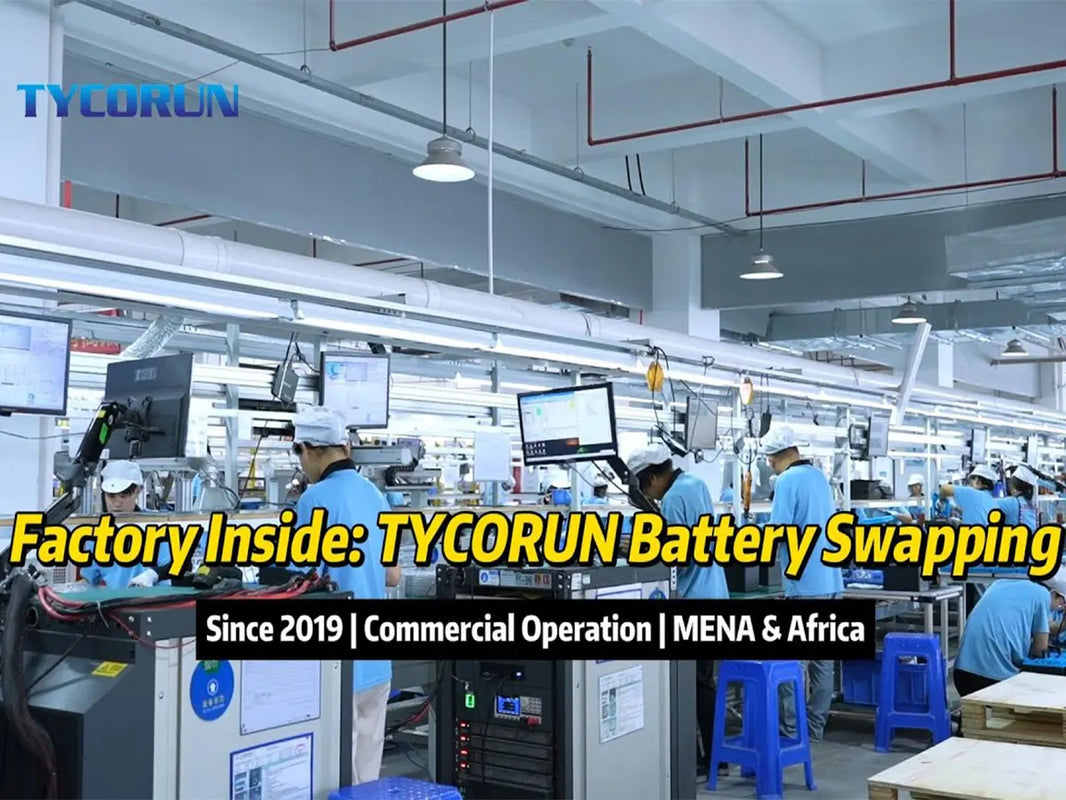
Main content:
With the reduction of available land, energy saving, cost reduction and efficiency improvement are the key points of current technological development. The core of the photovoltaic industry lies in the cell, and today we will talk about the high-efficiency heterojunction technology used in the product.
The photovoltaic cell industry is essentially a technology-intensive industry. As a strategic emerging industry, the development of science and technology is the foundation of the development of the photovoltaic industry.
At present, the mainstream advanced technologies in the industry include heterojunction solar cell, TOPCon technology and so on.
1. The market status of the HJT battery industry
Thanks to the N-type silicon substrate and the dual passivation effect of amorphous silicon on substrate surface defects, the conversion efficiency of HJT cells is better than that of other cell technologies. Its main advantages are:
The potential for efficiency improvement is high, and the maximum efficiency can reach more than 25% and 28% respectively by superimposing IBC or perovskite solar cell technology.

There is a large space for cost reduction, and it is easier to achieve silicon wafer thinning with low temperature process+ N-type cells.
Its bifacial symmetry has a higher bifaciality, and bifacial cell modules can achieve an annual power generation gain of more than 10%. Lower light-induced attenuation than PERC cells.
2. The development trend of heterojunction batteries
HJT cells have incomparable advantages over conventional crystalline silicon cells in cell conversion efficiency, multi-junction cells, process steps, temperature coefficient, bifaciality, low attenuation and PID resistance.
Therefore, heterojunction cells are considered to be one of the hottest next generation battery technology candidates that could replace PERC cells. However, the PV industry is essentially a green industry that pursues low cost per watt and LCOE.

At this stage, the initial investment in HJT cells is significantly higher than that of PERC and TOPCon, and the existing PERC production lines cannot be utilized. At the same time, HJT cells can only use low-temperature silver paste as electrodes, which leads to the cost per watt of HJT cells being much higher than that of PERC cells. It limits the speed of industrial promotion of heterojunction batteries.
3. Detailed explanation of heterojunction technology
HIT cells are generally based on N-type silicon wafers. On the front side, there are transparent conductive oxide films (TCO), P-type amorphous silicon films, and intrinsically hydrogen-rich amorphous silicon films.
On the back side of the cell, there is a TCO transparent conductive oxide film, an N-type amorphous silicon film and an intrinsic amorphous silicon film. In addition, the manufacturing process of HIT batteries is also relatively simple, the thin films in the battery structure mentioned above are formed by deposition, and finally the metal electrodes are prepared on both sides of the 12 volt 200ah lithium battery by screen printing or electroplating process.

Then the manufacturing of HIT batteries is completed by a low temperature curing process. Compared with the traditional PERC cell production process and TOPCon battery process, the HIT cell process is relatively short, with only four major links, which are cleaning and texturing, amorphous silicon deposition, TCO deposition, and silk screen curing.
4. Advantages of HIT batteries
- High conversion efficiency
The high open-circuit voltage of HIT batteries comes from two things:
Hydrogenated intrinsic amorphous silicon film has an excellent passivation effect. Photogenerated carriers can penetrate hydrogenated amorphous silicon films, so there is no need for laser film opening and ohmic contact, which can effectively reduce recombination.
Due to the introduction of multi-busbar technology and photo-induced regeneration technology, HIT's R&D efficiency has generally exceeded 24%.
- Low attenuation
The TCO on the surface of the HIT cell has conductive properties, the charge does not polarize on the surface, and there is no potential attenuation of PID. N-type silicon wafers are phosphorus-doped, there are no boron-oxygen complexes and boron-iron complexes, and the photoinduced attenuation LID is very small.
The first-year attenuation and average annual attenuation of HIT cells are lower than those of PERC cells, and have been verified by power generation in power plants.
- Low temperature coefficient
The temperature coefficient of a module is a measure of how much output power decreases as the temperature increases. As the module surface heats up under sunlight, the cell's open circuit voltage decreases, which in turn leads to a decrease in output power. HIT has a very low temperature coefficient compared to other types of 12v 100ah lithium ion batteries.
- High bifaciality
HJT is a natural bifacial structure, with a bifaciality rate of more than 85%, a special design of up to 98%, and a bifaciality of about 70% for PERC modules. High power generation gain The power generation per W of heterojunction modules is about 1.9%-2.9% higher than that of bifacial PERC cells throughout the life cycle.

- Simplified process flow
The HJT process flow is the shortest in the current photovoltaic cell process, and the main process is four steps. Compared with the usual 8-10 connections of PERC cells and Topcon's more than 10 processes, the production steps of HJT are greatly reduced, the cost is lower, and it has the advantage of mass production.
- Easy to control
Due to the small number of core process processes in HJT cell technology, the production yield is easier to control.
- Low temperature coefficient
Temperature coefficient is one of the important parameters of photovoltaic cell modules, which affects the power generation of the module. The battery temperature coefficient is even lower at -0.24%. Therefore, HJT has great advantages in high-temperature and high-irradiation areas, with less energy loss and better power generation performance than other batteries.
- Easy to achieve thinning
HJT has a symmetrical double-sided structure, which can reduce the mechanical stress in cell production, thus reducing the fragmentation rate of the silicon wafer. In addition, HJT adopts a low-temperature process, which makes the silicon wafer not easy to warp at low temperature, and it is easier to realize the thinning of the silicon wafer, and the thickness of the silicon wafer has a large reduction space.
- Ammonia-free wastewater
After upgrading the texturing cleaning process, the HJT battery does not produce ammonia nitrogen wastewater, which is more conducive to environmental protection.
5. Conclusion
In the future, the mass production speed of battery companies will continue to accelerate, and related technologies will become more and more mature. Under the background of the continuous improvement of the level of related equipment and materials, the industry has entered a period of rapid expansion of production capacity, and the development prospects of the industry are good.
Related articles: double-sided solar panel, TOPCon battery companies, thin film solar cell















